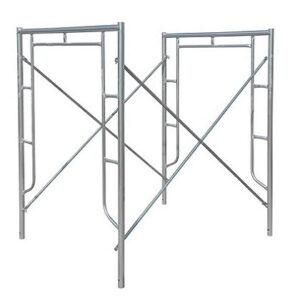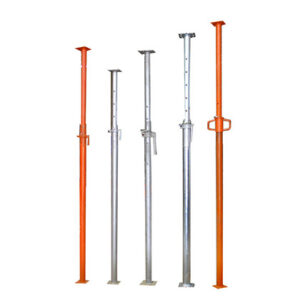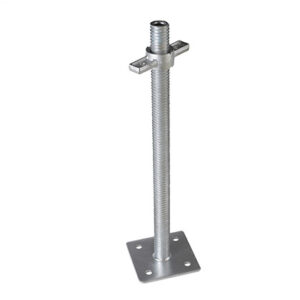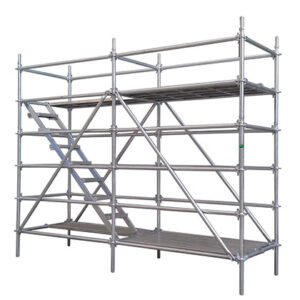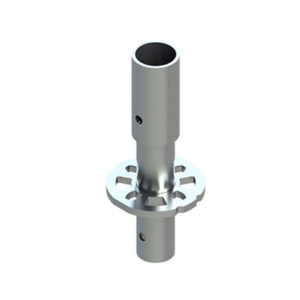In the field of engineering and construction, scaffolding plays a crucial role in ensuring the safety and efficiency of building projects. As a Chinese scaffold product supplier established in 2004, our brand Metal provides high-quality scaffolding engineering solutions to over 50 countries worldwide. So, what exactly is a scaffold, and why is it so important?
Definition and Purpose
A scaffold is a temporary structure used to support workers and materials during the construction, maintenance, or repair of buildings and other large structures. Scaffolds provide a stable platform that allows workers to safely reach high places and effectively complete their tasks. Our Metal brand scaffolding products are designed to meet these needs, ensuring reliable support for engineering projects globally.
Types of Scaffolds
There are several types of scaffolds, each designed for specific purposes:
- Frame Scaffolds: This is the most common type, consisting of vertical frames and horizontal cross-bracing. They are quick to assemble and flexible, widely used in various project sizes.
- Suspended Scaffolds: Used for high-rise building work, suspended scaffolds are hung from the structure above and can be adjusted to various heights, commonly for window cleaning or exterior maintenance.
- Rolling Scaffolds: These are mobile scaffolds mounted on wheels, allowing workers to move easily across job sites, ideal for tasks requiring frequent relocation.
- System Scaffolds: These modular scaffolds are made of prefabricated components, allowing for quick assembly and adaptability to different site conditions, effectively enhancing construction efficiency.
- Cantilever Scaffolds: Used when ground support is not possible, cantilever scaffolds extend out from the building, supported only at one end, suitable for specific construction needs.
Key Advantages
- Safety: One of the primary functions of scaffolding is to enhance safety. Metal brand scaffolds undergo rigorous testing to minimize fall risks, providing a secure working environment for workers.
- Access: Scaffolds enable workers to reach difficult areas, improving work efficiency, especially in high-rise construction and maintenance.
- Material Support: Scaffolds can also serve as platforms for storing tools and materials, streamlining workflows and reducing the need for frequent climbing up and down.
- Versatility: Metal brand scaffolding products feature modular characteristics, allowing customization based on various project requirements, suitable for multiple applications.
Regulations and Standards
Due to the inherent risks associated with scaffolding, strict regulations and safety standards are in place. Engineers and contractors must adhere to guidelines established by organizations like the Occupational Safety and Health Administration (OSHA) in the U.S. Our Metal scaffolding products also comply with international standards, ensuring safety for use worldwide.
Naturally Obtain Free Samples
If you are interested in our products, we invite you to send an inquiry for more information. We are pleased to offer free samples, allowing you to personally experience the high quality of Metal brand scaffolding, helping you make the best choice.
Conclusion
In summary, scaffolding is an indispensable component of the engineering and construction industries. As a supplier providing scaffolding engineering solutions in over 50 countries, the Metal brand is dedicated to offering essential support for workers, enhancing safety, and facilitating access to hard-to-reach areas. Understanding the different types of scaffolds and their applications is crucial for anyone involved in construction—be it workers, engineers, or project managers. As projects become more complex and safety demands increase, the importance of well-designed scaffolding will continue to grow, solidifying its foundational role in modern engineering practices.

